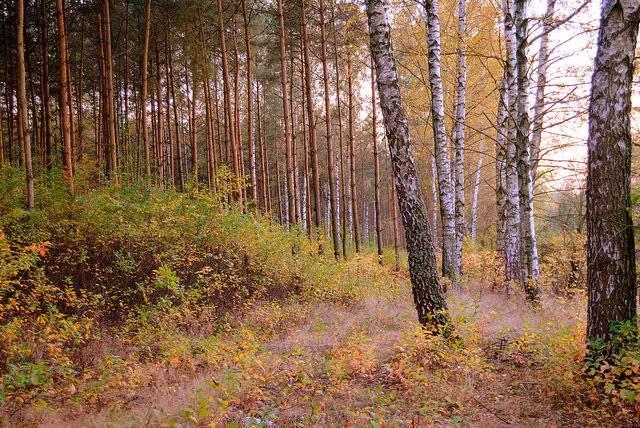How Companies Harness the Power of Trees to Advance Their Sustainability Goals and Bottom Lines
By Dan Lambe, president of the Arbor Day Foundation

Originally published on TriplePundit
With all the global issues we face today — including poor air and water quality, climate risk, deforestation, poverty, and hunger — more and more corporations are taking a proactive step to become part of the solution. And they are turning to trees to make a difference.
Companies are drawn to tree planting and forests because there is an emotional and intuitive connection between trees and sustainability. Trees and forests also have the power to address some serious climate risk issues and that has caught the eye and attention of investors. Planting trees is a simple, elegant and serious strategy to combating the biggest challenges facing companies, their employees, their supply chains, their customers and the world today. And it is scalable.
Tree planting is a proven approach to solving challenging problems on a worldwide scale. Because trees provide the necessities of life itself — and the beneficiaries of trees are people. They filter pollutants out of the air and water while protecting us from dangerous heat and flooding. They lower urban temperatures, reduce energy use and sequester carbon to slow the rate of climate change. Resources from forests help to keep people out of extreme poverty. Green environments encourage physical activity, improve cognitive ability and reduce stress. And trees foster community engagement and connectivity in a unique and positive way.
Tree planting in action
Efforts are underway through the Arbor Day Foundation and other like-minded conservation organizations such as the National Forest Foundation, The Nature Conservancy and many others to plant trees throughout the U.S. and around the globe. These efforts are happening strategically in National Forests, rain forests and the cities and towns that make up our urban forest.
The reasons for planting vary greatly. Oftentimes, we replant in forests and communities after natural disasters such as wildfires, floods, hurricanes, tornadoes, invasive insects or disease. Other planting projects are located in areas that were previously cleared due to mining, past unsustainable forest management or land use change. Regardless of the reason, the goal is always the same: improve tree canopy cover and inspire sustainable forestry practices.
Procter & Gamble Family Care is one of the many corporate partners the Arbor Day Foundation works with regularly. Most recently, this partnership has focused on tree planting projects to improve urban forests. Their support has helped to revitalize lower-income neighborhoods, create welcoming community spaces and help residents enjoy all the life-giving benefits trees provide. It’s exciting to see an organization of this size focus in on making a measurable impact for their employees and their customers.
The compounding effect
There is a compounding effect of so many corporations getting involved in tree planting, as each tree makes a measurable difference. One tree can grow to remove an average of 11.56 pounds of chemical air pollution and .317 pounds of particulate matter, capture 160 pounds of carbon, and intercept 71 cubic meters of water runoff.* Research tools created with the Arbor Day Foundation’s public and private partners enables us to quantify the value of trees based on the type, location and size. This is an effective way for organizations to tell a more complete story about the impact they are making through their work planting trees. These numbers tell a powerful narrative to employees, investors, customers and the world. In addition, these trees can make a positive impact on many of the 17 Sustainable Development Goals designed by world leaders to improve conditions on our planet by 2030.
Involvement with tree planting organizations also helps companies enhance employee and community engagement connections. Corporations are creating unique opportunities to plant trees in neighborhoods with low canopy cover, distribute trees after a community has been devastated by a natural disaster or revitalize a nearby barren space into healthy forestland. This type of outreach and community investment creates goodwill among employees and customers as the trees transform the neighborhoods in which they live, work and play. It further creates a defining link to the broader sustainability efforts of companies.
The Time for trees
If ever there was a time to plant trees, now is that time. More and more companies have come to the realization that this is the time for trees. The time to harness the natural solutions of trees and forests to solve some of the biggest challenges they have ever faced.
We are proud to be advancing this dialogue and working with companies to bring new innovations and strategies to sustainability and business challenges through trees.
Tomorrow is relying on what we do today. Let’s make every tree count.
* U.S. Forest Service analysis based on native-species trees planted in Pennsylvania with a 97 percent annual survival rate, three percent mortality every year, for 100 years.
Image credit anna chara via Flickr Creative Commons

